From that street perspective
Hi Jasper! Could you please introduce yourself to the readers?
My name is Jasper Tejano. I’m based in Makati, Philippines. My day job is in Human Resources focused on employee engagement and employee well-being. Employee engagement is basically about an employee’s satisfaction at work. As for well-being, it’s cultivating a healthy and happy disposition by doing meaningful activities other than work. Photography fits perfectly in my need to have a positive well-being and balance to my work and personal pursuits.
When was your first contact with Photography? Do you still remember your first camera?
I started exploring photography when I was in my pre-teens. I used to borrow my mom’s Minolta Pocket Autopak 450E and would use it to photograph school and family events. I was always the designated photographer during family events. However, photography took a back seat when I was in high school and college.
It was actually my wife, who was then my girlfriend, who jump started my passion for photography. My first serious camera was a Pentax Auto 110 which I borrowed from her. She was also the one who taught me the fundamentals of photography. When we got our first DLSRs, this was also the time when my wife and I discovered the joy of traveling. Since then we started photographing our journeys.
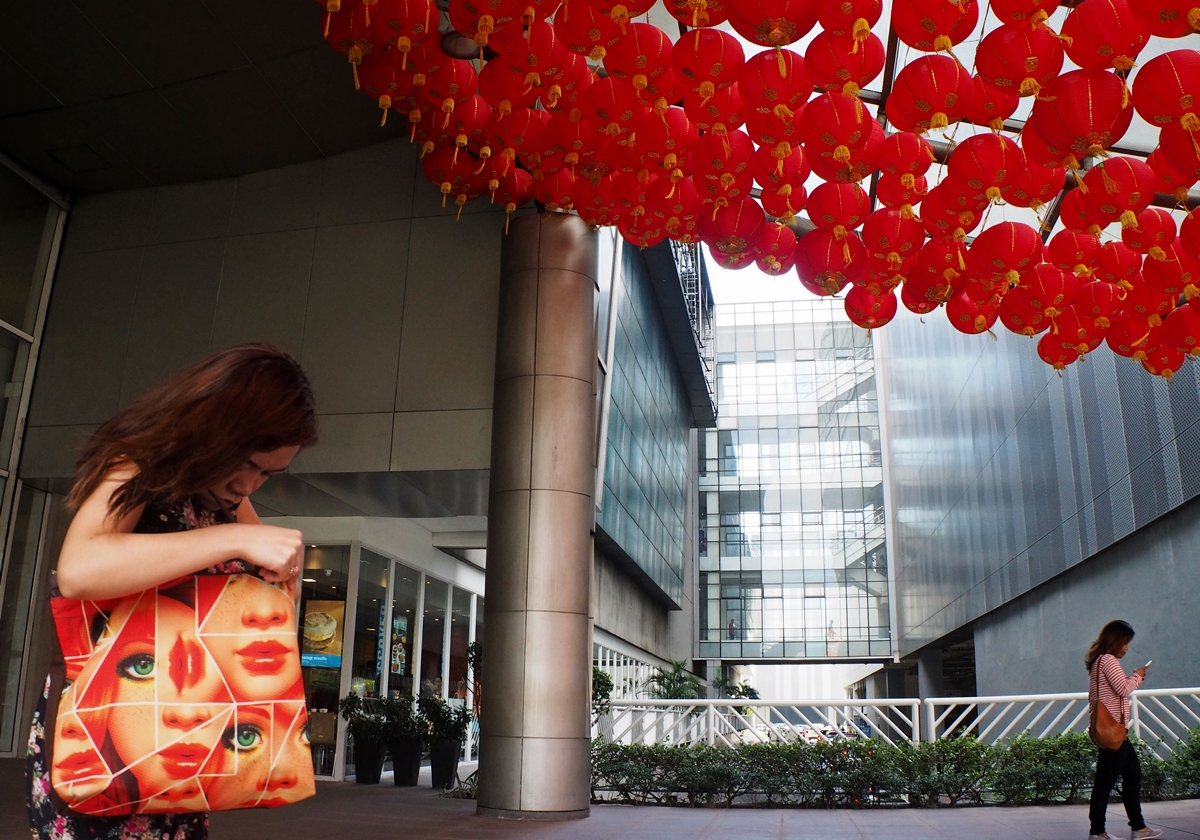

What genres of photography you started to do initially and why have you chosen to focus mainly on Street Photography?
There was at some point between 2010 and 2011 that I felt that my photography was on a plateau and needed a “creative jolt”. Most of my photographs were in the category of travel photography – which were too manicured, too clean and technical. Nothing wrong with that but I guess I was looking for something else. For a while I explored macro photography, still photography and even fashion photography but none of these were giving me fulfillment.
I wanted something different – something raw and edgy that somehow defies convention that can bring out my style. It was perfect timing that I started to get interested with the works of Magnum Photographers. The photographs of Henri Cartier Bresson, Alex Webb, David Allan Harvey and Harry Gruyaert blew me away. In 2012, I started seeing the world through a different lens. Street photography has become my genre of choice.
What’s great about street photography is that you don’t need multiple lenses, lights, a studio and models to get your image. All you need is a small but reliable camera, an interesting place and your imagination. You can also set aside the conventional rules and go “freewheeling” with your approach on making photographs! The amount of joy and fulfillment that I get from photographing shadows, light, texture, the moment in the street is priceless!
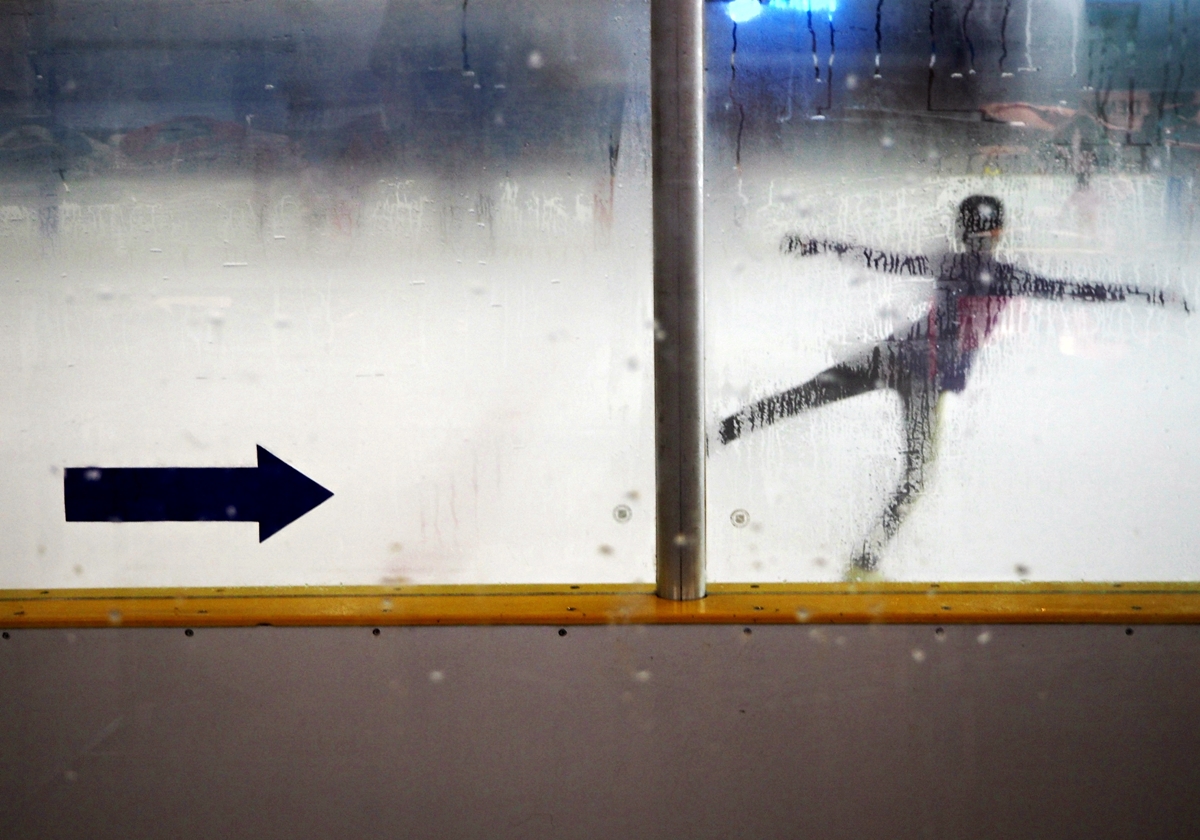
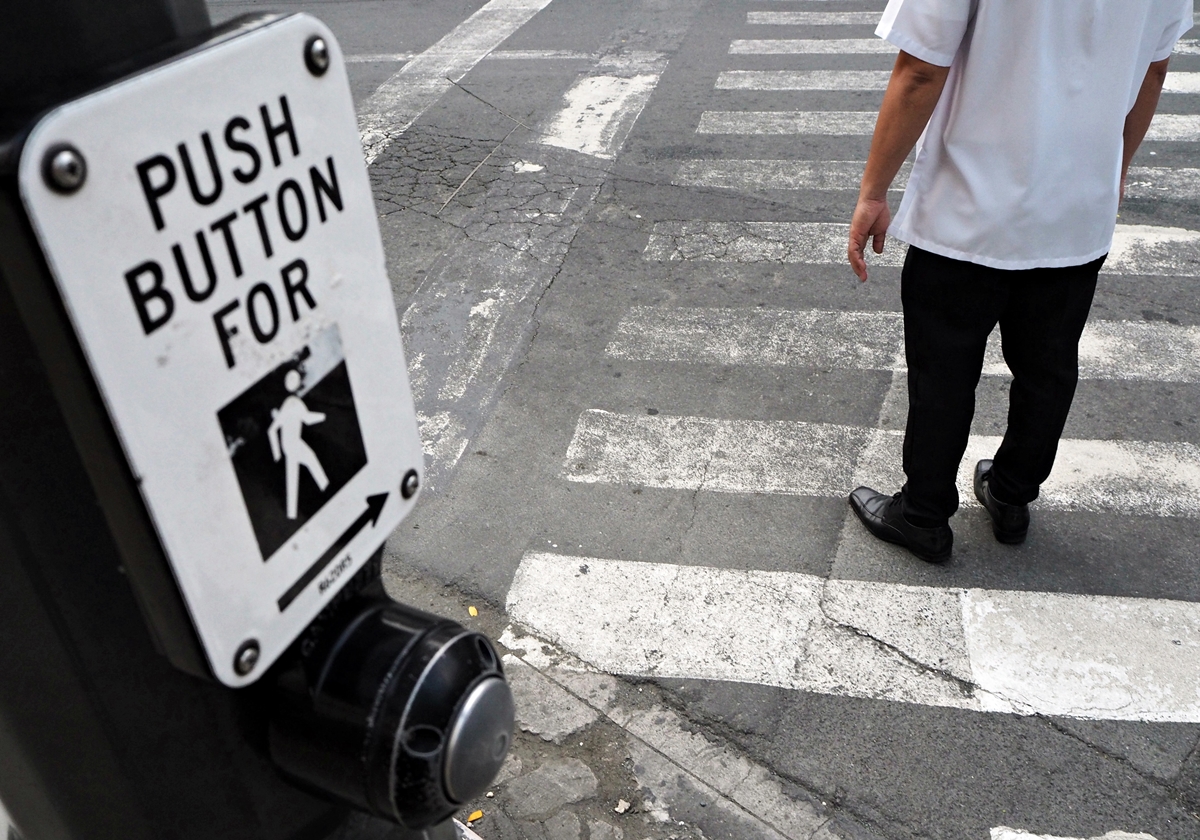
Are you self taught, educated or a little bit of both?
I would like to give credit to my wife for teaching me the fundamentals of photography. She would lend to me her Pentax Auto 110 that uses a 110 film cartridge – my first taste of the SLR experience. My serious education on photographic techniques was when I signed up for a portraiture and creative lighting workshop.
This is where I strengthened my understanding of metering and using light to create drama on my subjects. When I got really serious in photography in 2008, I started experimenting on various lenses and researching on and applying the techniques, settings and creative approaches that can bring out the best in my photos.
Who are the photographers whose work you most admire and influence you, the classics or the contemporaries? Could you name a few?
I’m a huge fan of Magnum Photographers Alex Webb and David Alan Harvey. The way they place multiple subjects beautifully in one frame is very clever not to mention how they maximize available light and space in many of their works. For that, I study their works immensely.
In fact, there was one point in my learning journey on street photography that before I begin a photo walk, I would review their photographs from my mobile phone just to fill my mind with images of their works. I also admire and get inspiration from the works of Harry Gruyaert, Saul Leiter, Willy Ronis, Robert Doisneau, Fan Ho and the legendary Henri Cartier Bresson. Locally, I admire the works of Edwin Tuyay, a well-respected photojournalist who has covered numerous historical events in my country.
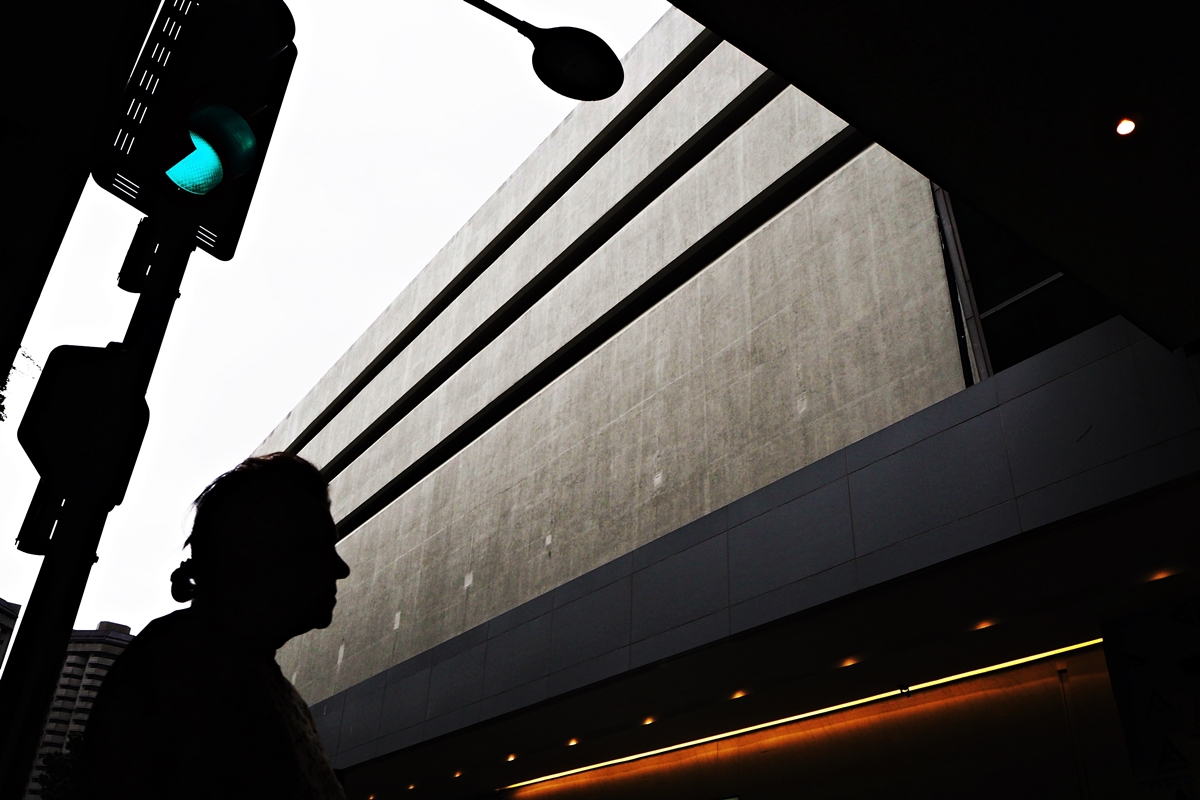
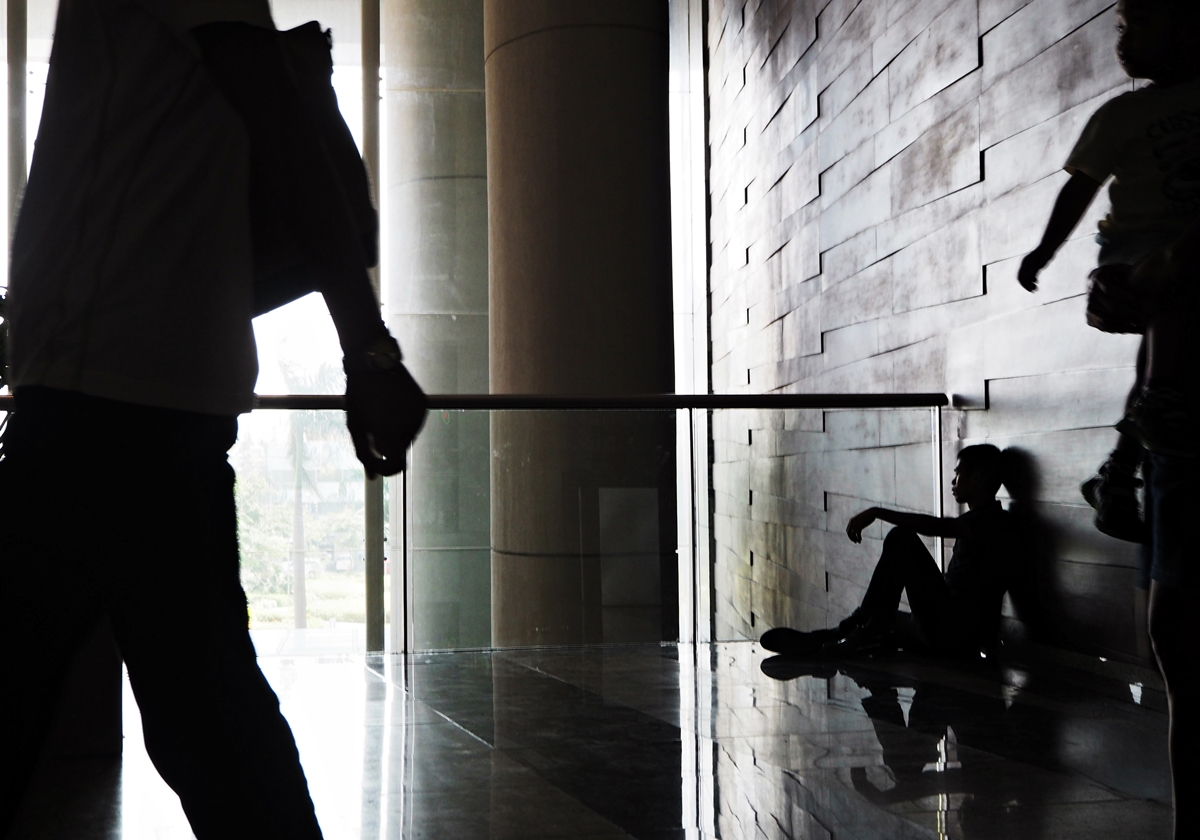
Your current camera/lenses setup – How much does your equipment help you to execute your artistic visions and what kind of equipment are you using?
The articulated tilt screen of the new generation of cameras provided that flexibility in terms of composing my frames. The” shooting from the hip” has never been more accurate using the tilt screen. This way, I don’t have to place the camera in front of my face which would usually intimidate or distract my subjects. As for my gear, I’m currently using the Olympus OMD E-M10 Mark 2 fitted with a pancake lens with the E-M10 Mark 1 as my backup.
What are the advantages and disadvantages of the Olympus M43 system?
The camera has a solid feel when I grip it even if it’s small. Aesthetically it looks really stylish with its retro look and with a relatively small profile it doesn’t attract much attention when you’re in the street. On the technical side, the photo transfer using wifi is really fast and doesn’t easily get disconnected in the middle of the transfer like other brands.
Since I shifted from photographing silhouettes and shadows to regular well-lit street scenes, I always needed to switch from center-weighted metering to spot metering. Although it’s just a minor inconvenience, the camera doesn’t have a function to program the metering modes to its shortcut buttons for easy switching. Good thing I’ve learned to navigate quickly in the menus!
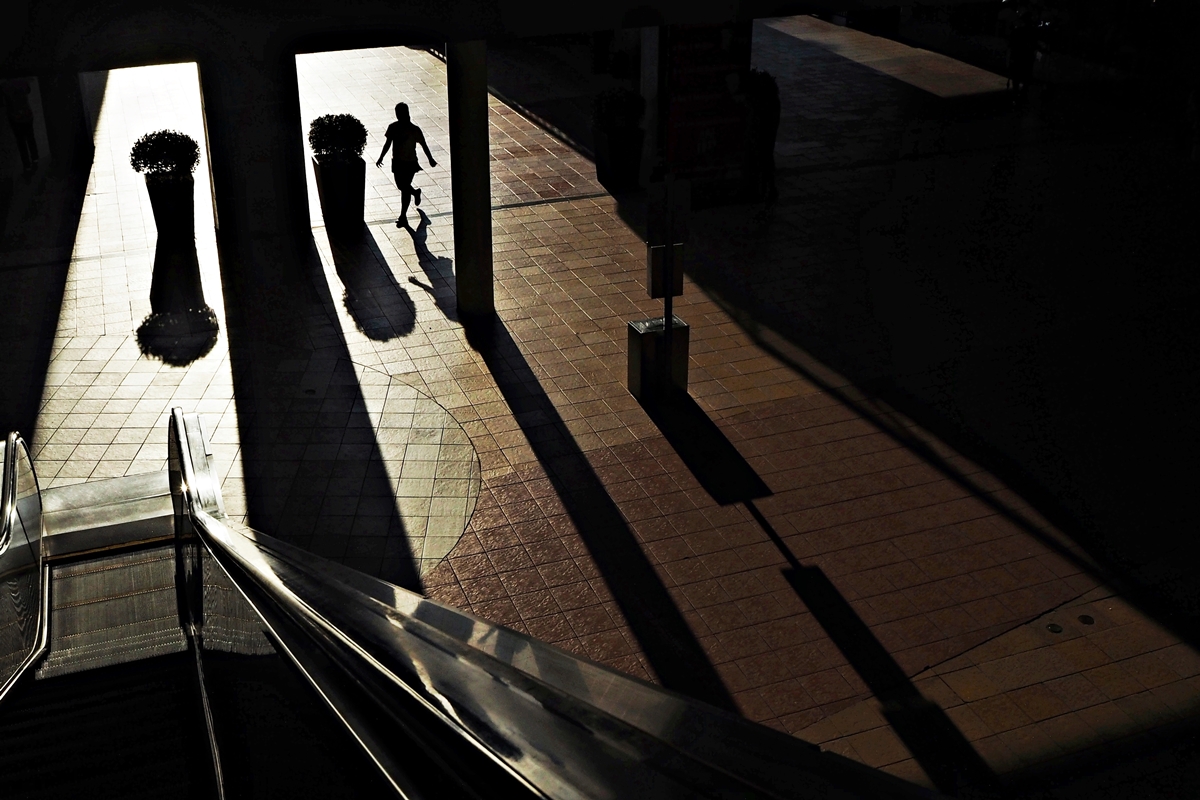
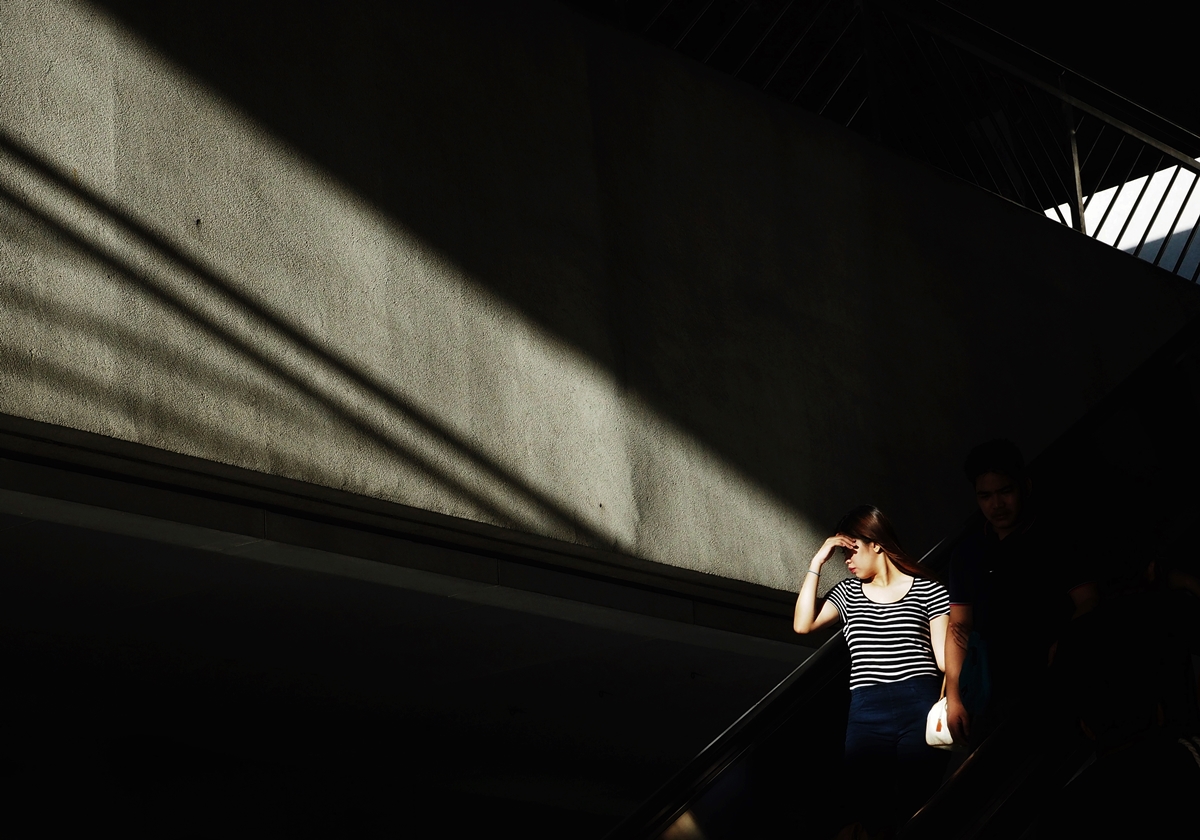
Could you describe your settings to shoot on the streets?
Once I’m in the street, the least that I want to do is fiddle with my settings all the time which could risk losing more focus time capturing interesting moments. I shoot in P Mode and adjust the exposure and ISO setting regularly depending on the ambient light condition.
What’s your approach on the streets, you seek for the right light or you try to get the most out of the available conditions?
I would first get a feel of the scene by looking around, orienting myself where the light is and how the people enter and exit the scene. Not to mention evaluating the exposure in that scene. At this point I start to choose a specific location in the area where I will make my photographs and mentally frame the goings-on – how the people move in and out of my frame and the story I could possibly capture.
If I sense that I can come up with interesting photographs in my chosen scene, that’s the time that I raise my camera in shooting position and start capturing the action. After making a several frames, I make a quick look at my outputs just to check if my exposure that I wanted is achieved and if my subjects are placed in my frame according to how I imagined it. If these are all good, I continue to make several photographs usually exhausting the scene until I feel that I was able to get enough studies for me to select the photo which I intend to share through my social media accounts.
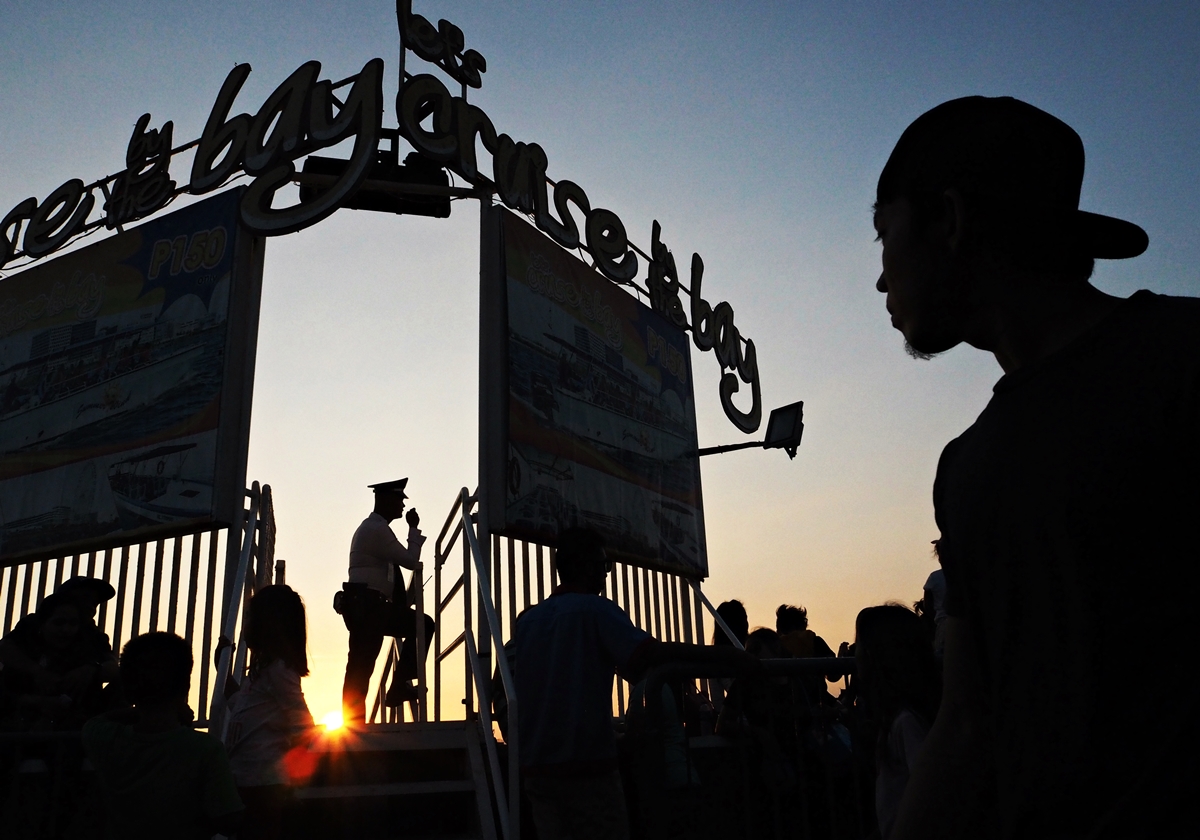
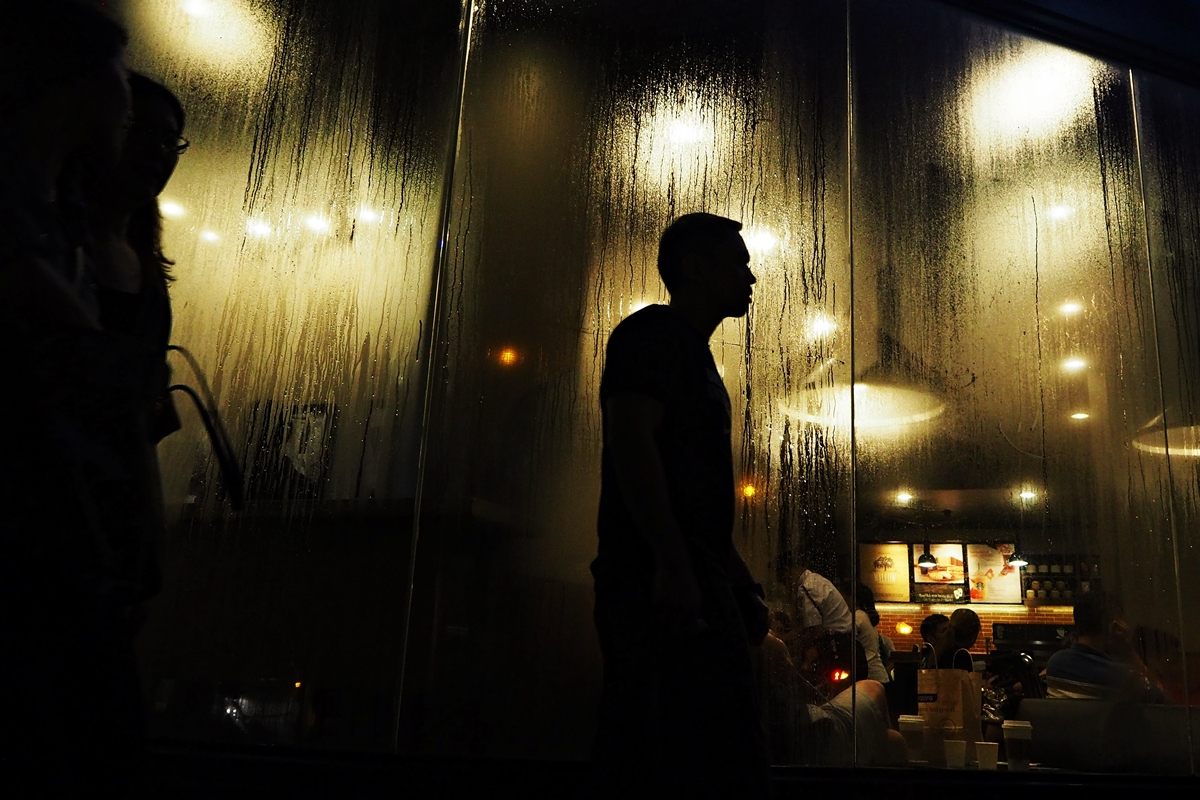
What’s the workflow for post-processing your files?
When I get back home after hours of shooting in the street, post-processing using a laptop is brief as this will only involve minor adjustments on cropping, exposure, contrast and sharpness. After which, I save the post-processed photos to my mobile phone for uploading in my social media accounts.
Has anyone ever confronted you because of you taking his picture? What have you done?
Nothing really extreme like being shouted at or people getting too aggressive. The worst that I received was a very cold stare which I would counter with a warm smile. After that I just walk away.
Has your style of shooting changed since you started?
It did. Before, I interpreted street photography as photojournalism (telling it as it is) or documentary photography. In the recent years, my street photography has become really subjective. What matters to me now is how my subject interact with the scene considering light quality, how the colors would complement my subject, how the other details would strengthen my subject and lastly, what fantasy would my finished frame be revealed to me.
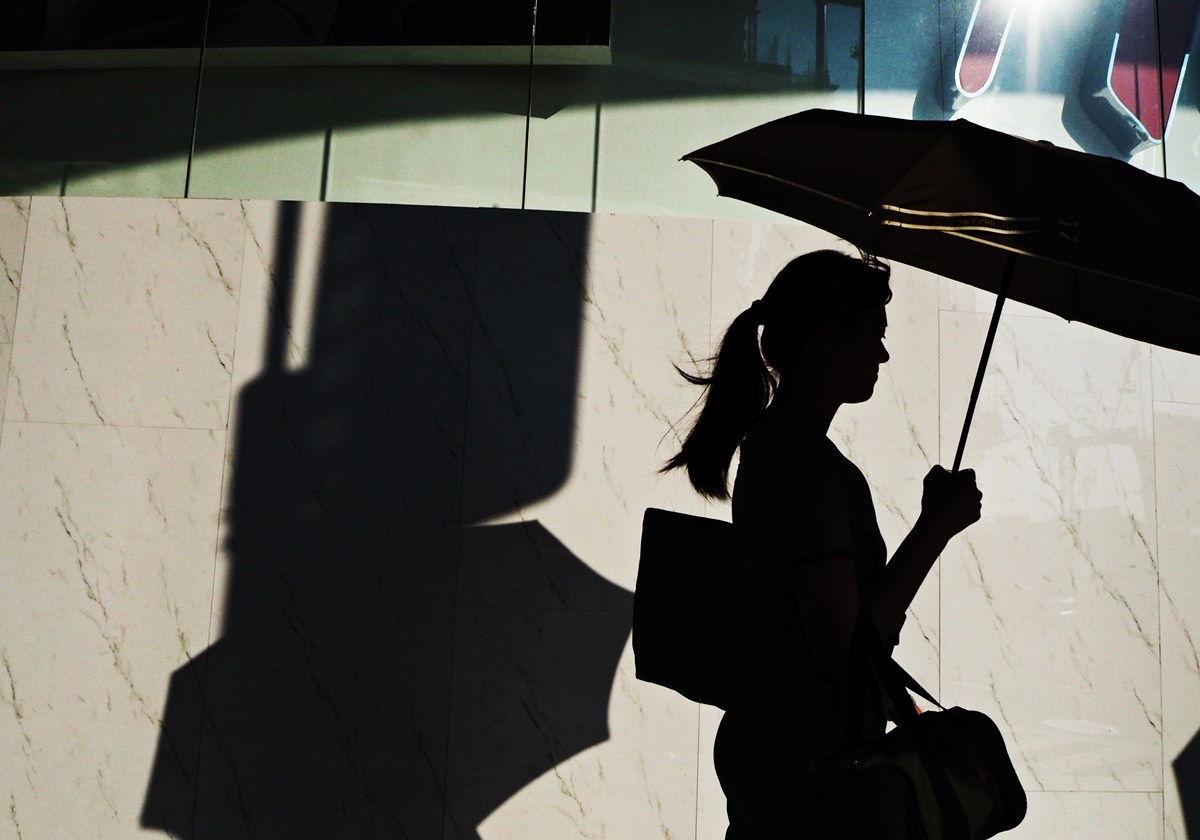
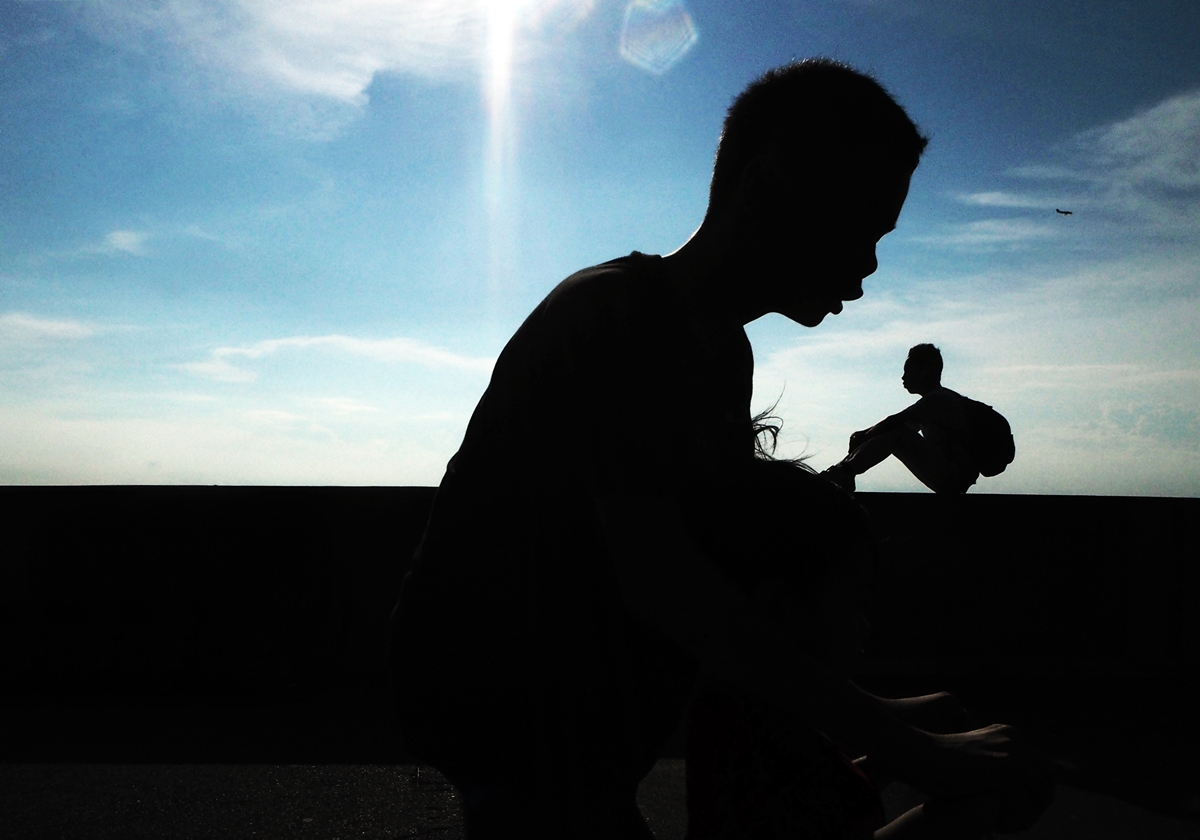
What are some of the most important lessons you have learned from shooting on street?
Street photography will always be a reflection of yourself. It reveals who you are, your imagination, your hopes and even your fears. By presenting your work to the world, you are also opening a window for people to see who you really are. Question is, are you ready to reveal yourself to your audience? That window will reveal to everyone if you are authentic with your vision or a mere copy cat just trying to get “likes“ from photography communities.
What purpose does photography serve for you?
It serves as my creative extension and my source of excitement. My face would light up if the discussion is about photography and by photography I mean passionate discussions about creating images, going out there, sharing experiences on the streets and admiring the works of the great ones.

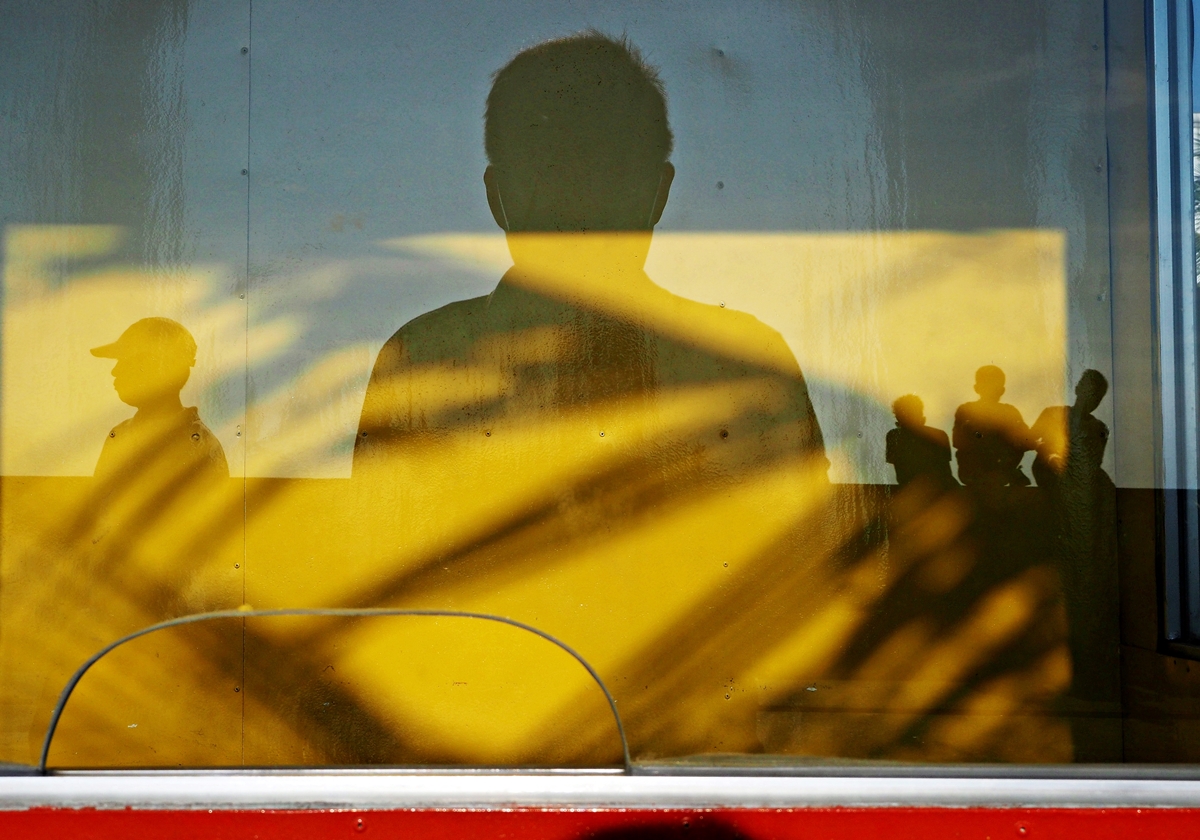
How do you know when something, someone, or some place is worth shooting?
When I see an interesting traffic of people, pockets of light or a compelling backdrop, I would go on a state of “creative restlessness” and before I know it my camera is turned on and ready to shoot almost instinctively. It would just be a matter of time that I will be capturing a nice story or moment that will unfold before me.
How do you describe your connection with your subject matter?
I love how light and shadows complement my subjects. When I was young, shadow puppets have fascinated me – the way they move, act and the very mystery of their character. In my street photography, what these shadow puppets impressed in my memory is their dark mystery, their anonymity. My curiosity for their anonymity and capturing that brief moment with them has become my creative pursuit. I guess my work is an homage to these shadows and I am their story teller.
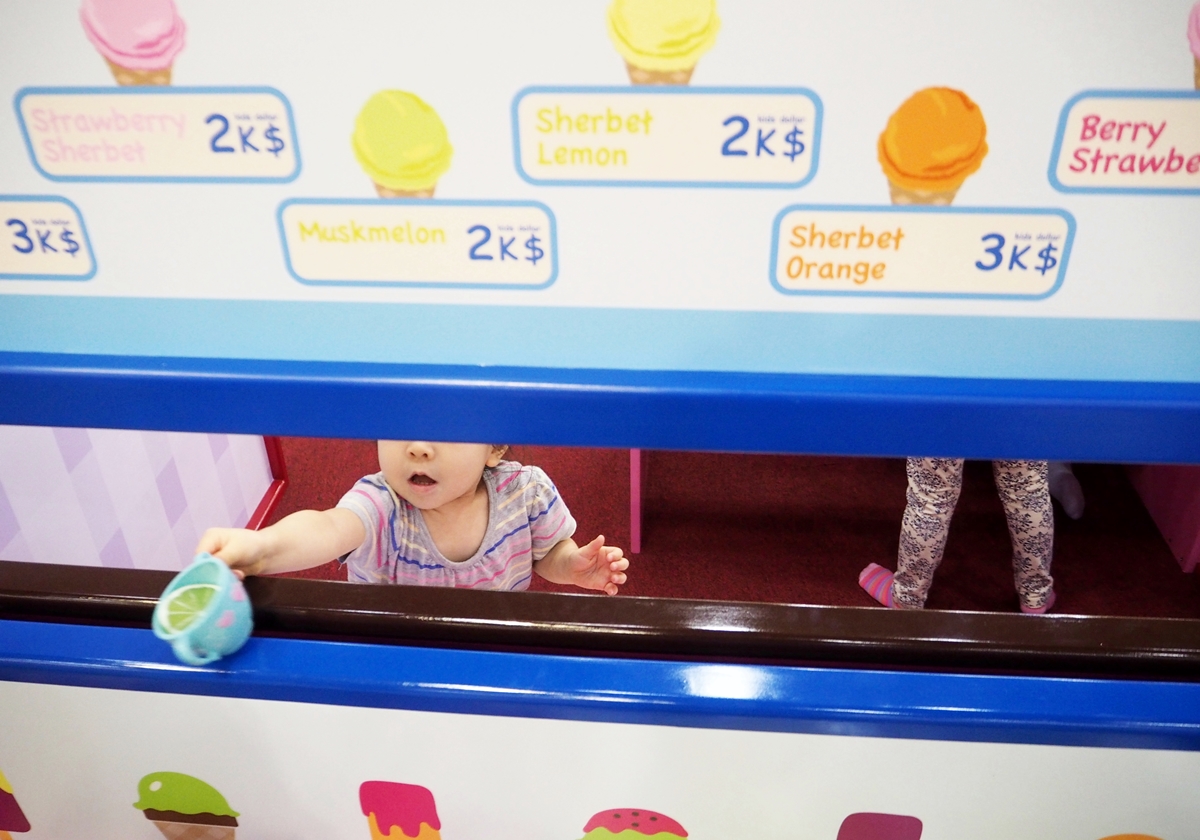
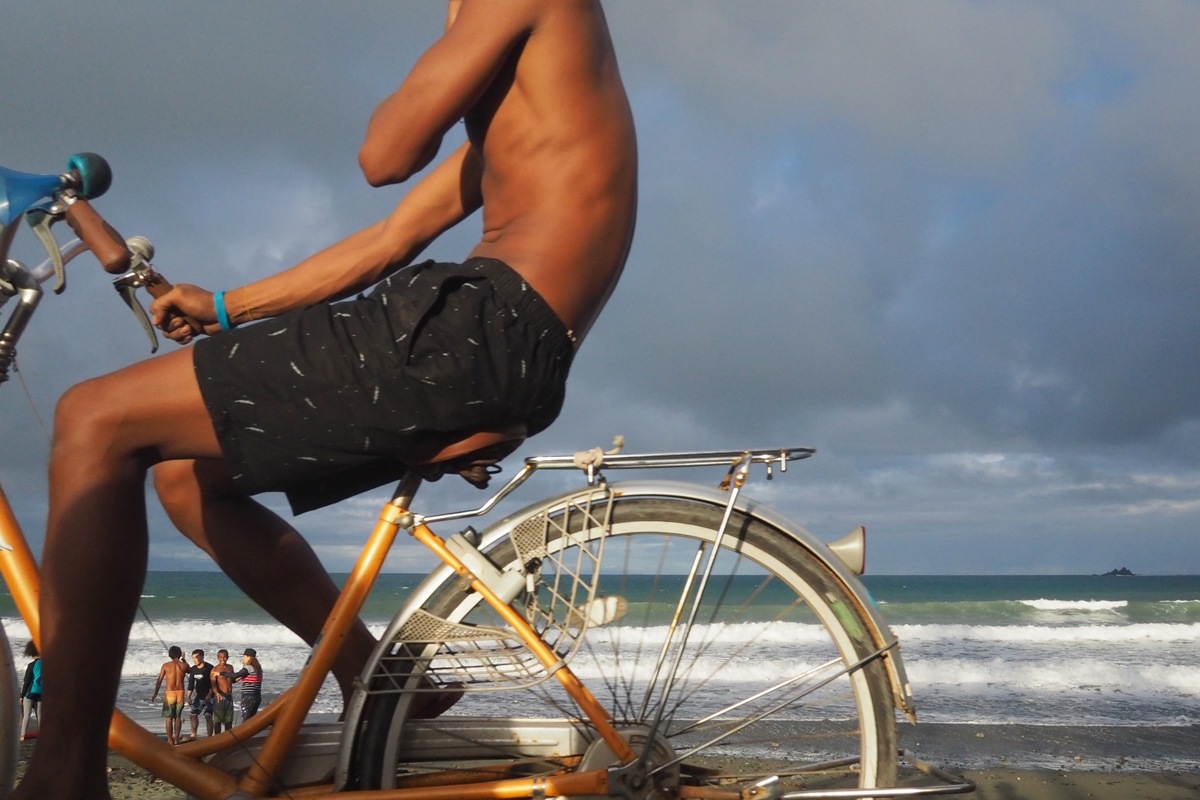
One thing you always make sure to remember on the streets?
The street, though vibrant and dynamic, will always be chaotic and you will have little control over what happens around you. I try to “speed up my comfortability level” when I’ve chosen an area so I can make lots of frames while I work the scene. I do this by blending with the crowd and make myself less obvious.
Although you will always stick out like a sore thumb in a busy street, I just try to act casual and not make it a big deal that I’m doing street photography work. For me, the more casual and relaxed you are, the less obvious you become to the people around you.
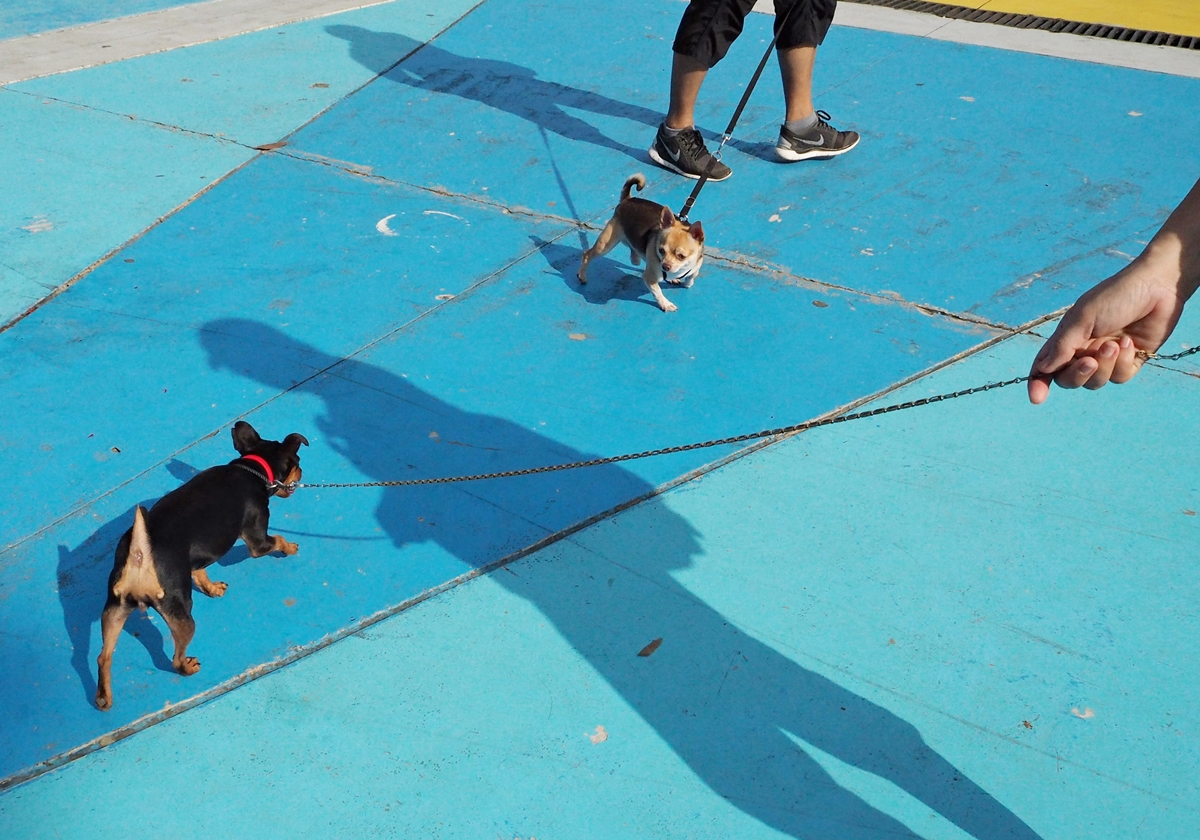

Jasper is a calm and collected street photographer who has built a name for himself in street photography and whose works have been recognized and featured by various local and international publications both online and in print. Through his street photography, he has collaborated with international private groups and non-profit organizations from Brazil, France, Ireland and New York, USA on distributing his works. His street photographs have been showcased in the global exhibit scene from Kuala Lumpur to Paris.




